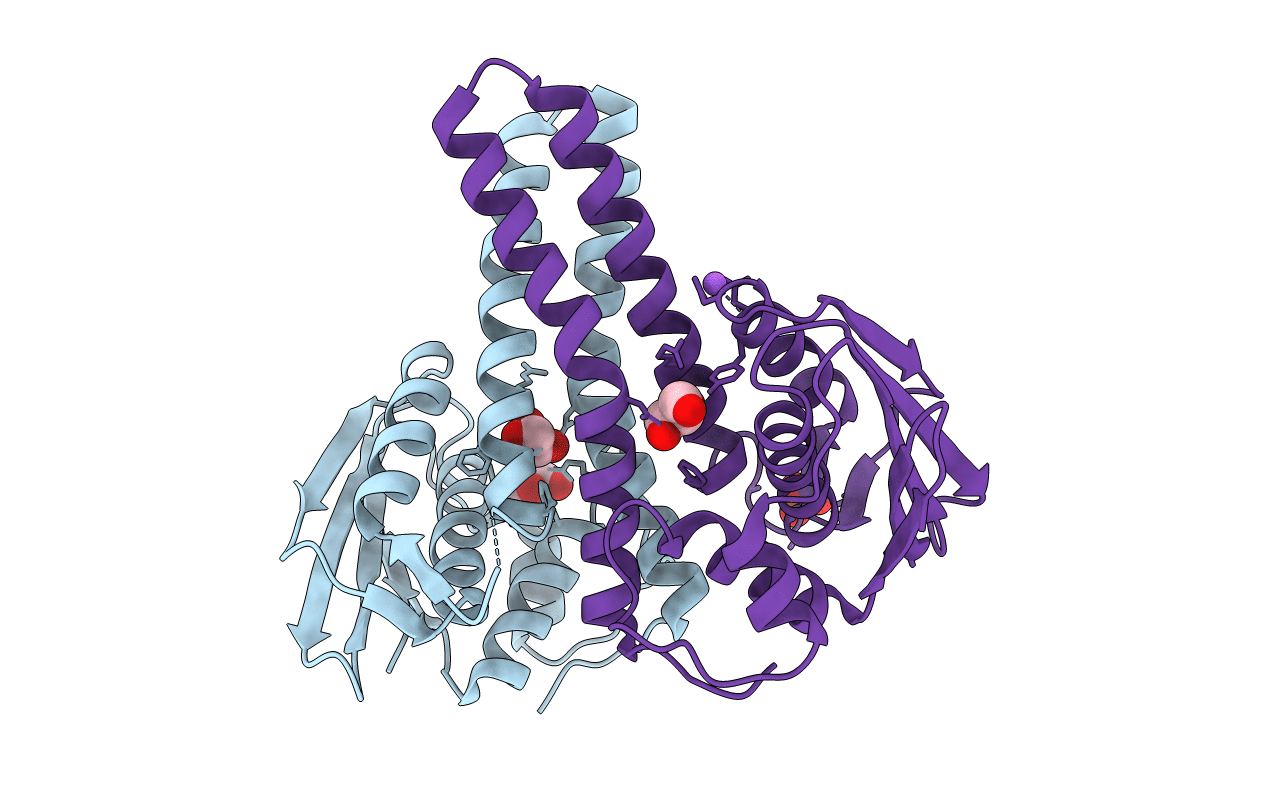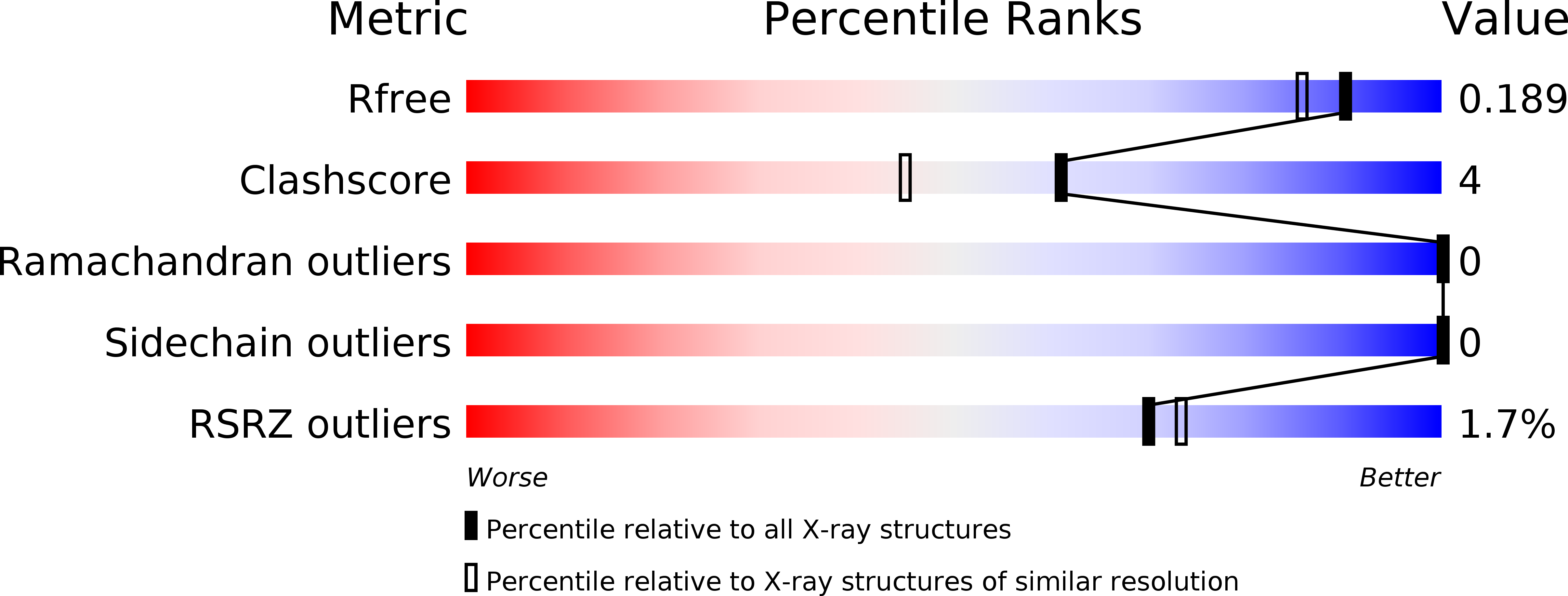
Deposition Date
2014-06-23
Release Date
2015-07-15
Last Version Date
2023-09-20
Entry Detail
PDB ID:
4QPK
Keywords:
Title:
1.7 Angstrom Structure of a Bacterial Phosphotransferase
Biological Source:
Source Organism:
Brucella abortus (Taxon ID: 359391)
Host Organism:
Method Details:
Experimental Method:
Resolution:
1.66 Å
R-Value Free:
0.18
R-Value Work:
0.16
R-Value Observed:
0.16
Space Group:
P 43


